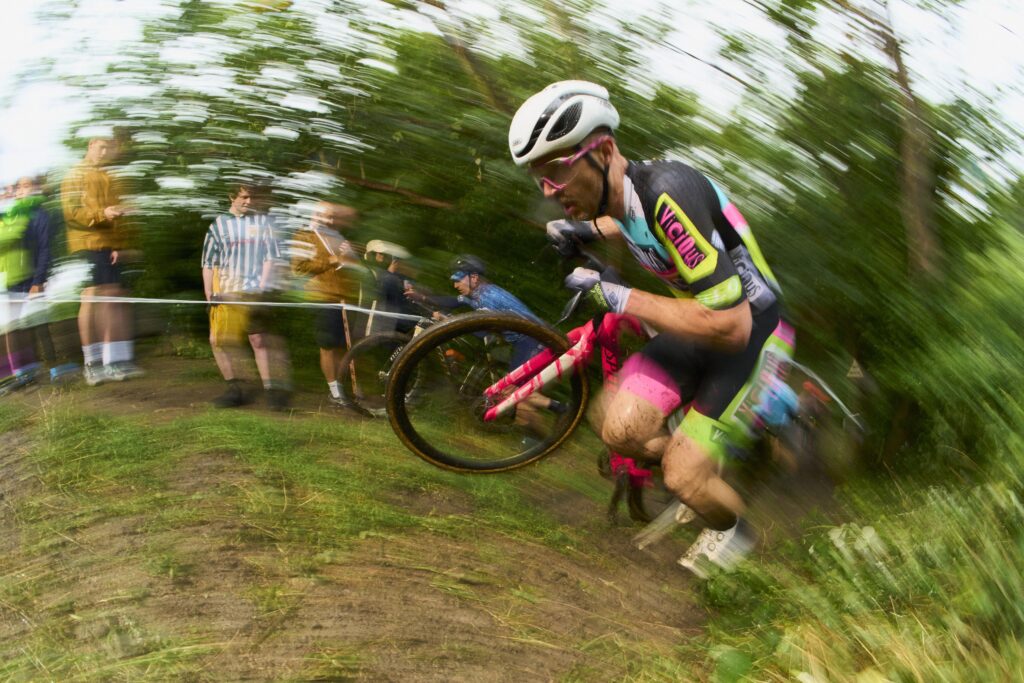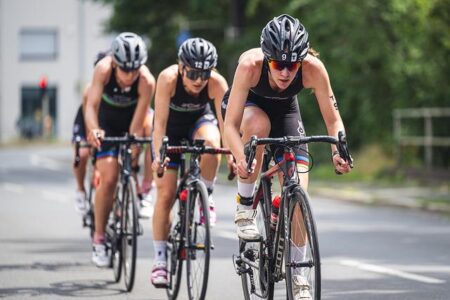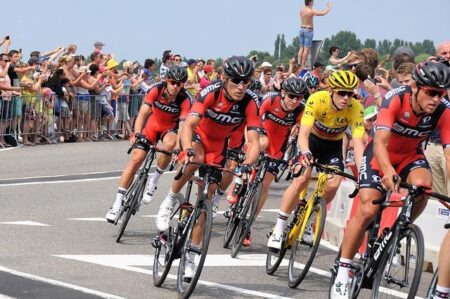Title: Lessons from the Trail: Insights from Les Gets Downhill Mountain Bike Racing for Road Cycling
As the sun rose over the picturesque French Alps, the quaint village of Les Gets transformed into a vibrant hub of adrenaline and athletic prowess, hosting one of the most exhilarating downhill mountain bike races on the circuit. Spectators gathered in droves, their excitement palpable as riders prepared to navigate treacherous terrains, steep descents, and technical obstacles. This annual event not only showcased the sheer skill and bravery of the mountain biking elite but also offered a unique perspective on cycling as a whole.
In a world where road racing often dominates the conversation of competitive cycling, there’s much to be learned from the audacious spirit of downhill racing. The energy, community, and innovative techniques seen on the trails could provide valuable lessons for road cyclists grappling with their own challenges. In this article, we delve into the electrifying atmosphere of the Les Gets race, exploring what road racing can glean from the world’s most dynamic and thrilling cycling discipline. Join us as we uncover the parallels between these two contrasting forms of cycling and reflect on the future of the sport itself.
Lessons from the Thrill of Downhill Racing
The adrenaline-pumping action of downhill racing at Les Gets offers invaluable insights for road racing enthusiasts and competitors alike. One key takeaway is the importance of technical skills; downhill riders demonstrate exceptional bike handling and obstacle navigation. By prioritizing fine-tuned cornering and braking techniques, road racers can improve their handling on more technical courses, preparing them to manage adverse conditions. Additionally, the presence of team dynamics in downhill events highlights the power of collaboration. Support from team members allows riders to focus on their performance while benefiting from shared strategies and feedback, a concept that road racing can leverage through better communication among teammates during critical stages of a race.
Another lesson from downhill racing is the role of spectatorship and engagement. The electric atmosphere surrounding downhill events, fueled by fans lining the challenging tracks, enhances the excitement and creates a community connection that road racing could strive to emulate. By integrating spectator-friendly strategies such as interactive viewing zones or live streaming of team strategies, road racing could enhance engagement experiences. Finally, the emphasis on pilot-focused narratives, highlighting individual stories of grit and determination, could inspire broader viewership and deeper emotional connections with fans, making every race not just an event, but a shared journey.
Innovation in Technique and Equipment for Road Cyclists
Witnessing the adrenaline-fueled spectacle of a downhill mountain bike race in Les Gets provided a fascinating glimpse into how innovation is continuously reshaping cycling as a whole. One standout feature was the advanced braking systems used by downhill cyclists, which allowed for pinpoint control even on the steepest descents. This could translate effectively into road racing, where the demand for precision during high-speed descents and sharp turns remains paramount. Moreover, the use of lightweight, yet robust materials in bike frames has introduced a new era of aerodynamic designs that road cyclists could adopt to enhance performance and reduce fatigue during long rides.
Another point of inspiration from downhill racing is the adoption of augmented reality (AR) technology for training and competitive analysis. Athletes in Les Gets utilized real-time data to gain insights into their performance, such as speed, trajectory, and even optimal gear choices. Implementing similar technology in road cycling could revolutionize training methods, allowing cyclists to analyze their rides in-depth and fine-tune their techniques. By pushing the boundaries of equipment and technique, road cycling can adopt innovations that enhance both safety and performance, ultimately benefiting athletes and fans alike.
Cultivating a Community Spirit: What Road Racing Can Emulate
Observing the vibrant atmosphere at the downhill mountain bike race in Les Gets was nothing short of inspiring. Fans of all ages gathered, united by a shared love for the sport, creating a palpable sense of community. This camaraderie extended beyond mere spectatorship; it fostered an environment where racers and fans interacted openly. Road racing can tap into this communal spirit by introducing more engaging fan experiences, such as meet-and-greet sessions with riders, fan festivals, or interactive events that connect spectators directly with the action on the course. The goal should be to create an inclusive environment where every fan feels valued and part of the racing collective.
Furthermore, the unique aspect of downhill mountain biking is its embrace of both individuality and team support. Each rider embodies their personal style while also fostering teamwork with fellow competitors during practice runs. Road racing could benefit from highlighting this duality by encouraging teams to showcase their unique identities through team uniforms or by organizing events that promote camaraderie among different teams. A true sense of belonging would emerge through organized community outreach initiatives, whether it’s hosting local youth clinics or participating in charity events. By drawing on these principles from downhill racing, road racing can evolve to better resonate with both current fans and newcomers alike.
Insights and Conclusions
As the dust settles on another exhilarating downhill mountain bike race in Les Gets, it’s clear this thrilling sport is more than just a test of speed and skill; it offers valuable lessons that extend beyond the trails. From the camaraderie among riders to the innovative techniques that push the limits of safety and performance, the discipline of downhill racing encapsulates a spirit of adventure that road racing can vividly embrace.
As road cyclists ponder the future of their sport in a rapidly changing landscape, they would do well to draw inspiration from the vibrant community and dynamic strategies showcased in Les Gets. The fusion of tradition and innovation in downhill racing presents a compelling model for revitalizing road cycling, suggesting that there is much more to be gained by looking beyond the pavement.
The lessons from the mountains are clear: adaptability, community engagement, and a willingness to take risks can transform the road racing experience. As we look forward to the next race, both on trails and roads, it’s evident that the two disciplines may be interconnected in ways previously unrecognized, inviting a more collaborative future for all types of cycling enthusiasts.











